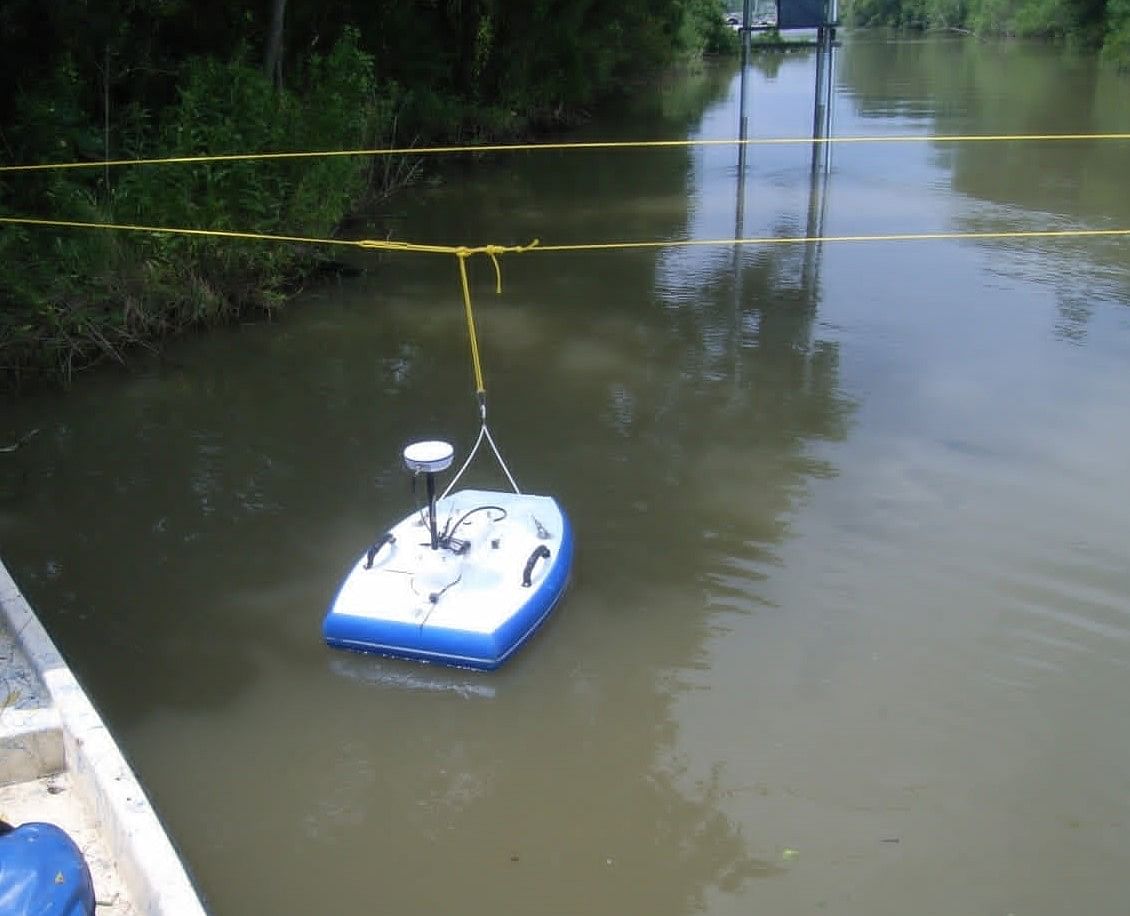
Velocity Measurements at Various Tidal Exchange Points Along the Restoration Corridor
ENCOS was contracted by Royal Engineers to provide discharge measurements at eighteen (18) locations along a proposed pipeline corridor that runs northeasterly from Davant, Louisiana to Delacroix, Louisiana.
ENCOS was contracted by Royal Engineers to provide discharge measurements at eighteen (18) locations along a proposed pipeline corridor that would run northeasterly from Davant, Louisiana to Delacroix, Louisiana. These measurements will help the engineers design culverts and other structures to maintain the current hydrologic exchange along the proposed corridor.
The equipment used to collect the velocity data was two (2) SonTek M9 River Surveyor’s (M9). The M9s were configured with nine (9) acoustic beams. Four (4) of the acoustic beams operate at 3.0 MHz and four (4) beams operate at 1.0MHz. These beams are set 25 degrees off the horizontal plane (slant angle) and set up in a Janus configuration. These are the beams the instrument uses to determine the water velocity. The ninth beam is a 0.5 MHz vertical Beam Echosounder to detect the water bottom. The M9 matches the water depth to the frequency that provides the highest quality data.
The higher frequency is used in shallow portions of the open channel and has a smaller cell size. The lower frequency is used for deeper water and has a larger cell size. All data collected were in Central Standard Time (CST). The magnetic declination used was positive one (1) degree. Data were also collected in ENU coordinates.
ENCOS used two separate field teams to collect the data in the most efficient way possible. Measurements were made for both the flood and ebb tides.